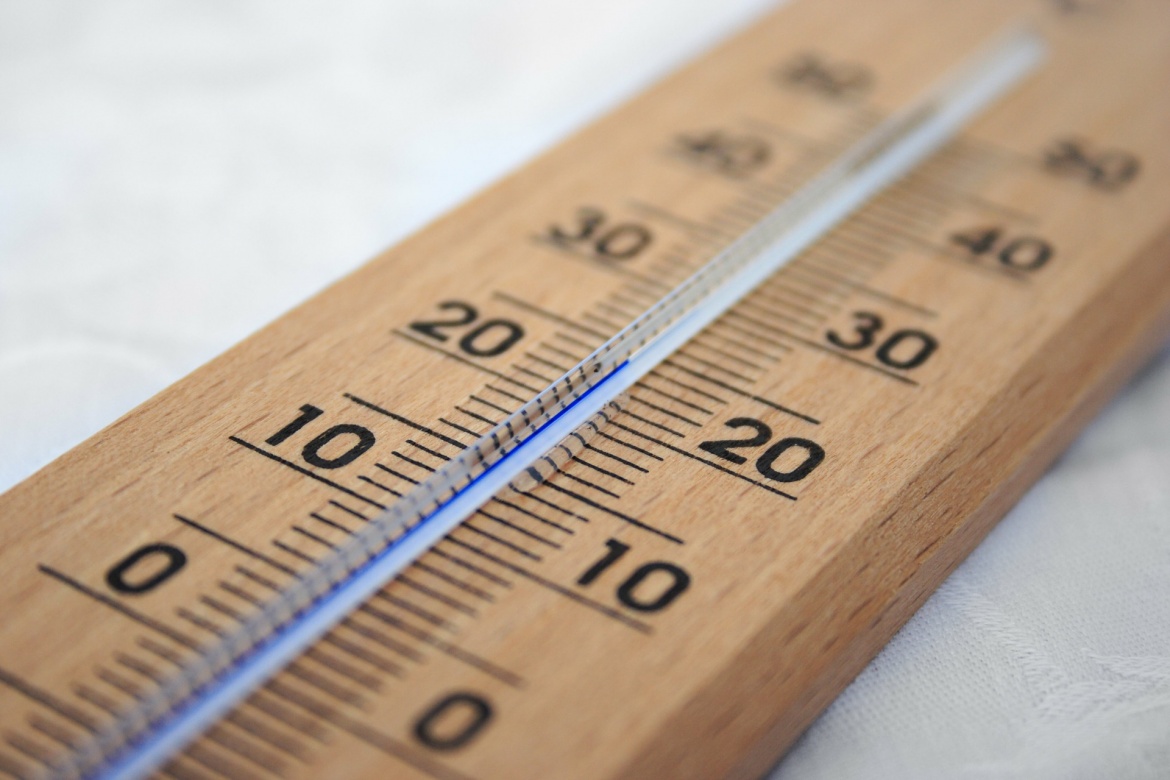Thermal comfort in the workplace is now becoming a bit of challenge for many employers due to the continuing heat wave. A question often asked is whether there is a maximum temperature for a workplace. There is no maximum workplace temperature specified in the UK however the Workplace (Health, Safety and Welfare) Regulations 1992 state that workplaces shall be maintained at a ‘reasonable’ temperature. The definition of ‘reasonable’ will depend upon the nature of the work. According to the HSE, an acceptable level of thermal comfort is somewhere between 13°C and 30°C.
There are contributing factors which put some workers at the highest risk for example employees who must wear personal protective equipment (PPE) or those who work in already hot environments i.e catering staff, Employees working in offices which do not have air conditioning are also likely to be affected by hot weather.
10 Top Tips for Dealing with the Heat
- Although you will not be able to please everyone it is still important to consult with your employees to establish reasonable levels of thermal comfort for the majority.
- Carry out a risk assessment to identify employees who are most susceptible to heat stress, e.g. pregnant women. In response consider altering work patterns to reduce the level of risk, for example working at cooler times of the day. Limit exposure of outdoor workers by providing sunscreen and suitable clothing, e.g. long sleeves and hats.
- Provide mobile air conditioning units to modify the working environment. Avoid using oscillating fans, as these simply circulate warm air. Using window blinds or shades can also help reduce the effects of heat and solar gain.
- Provide more frequent breaks in a cooler environment – the hotter the working environment and more strenuous the work, the more frequent breaks should be.
- Ensure a constant supply of drinking water and stress to staff how important it is to maintain hydration at work. Caffeine-based drinks can actually speed up dehydration, as they are diuretic. Coffee also speeds up metabolism, thereby increasing body temperature.
- Consider relaxing any existing dress codes, as it’s better to have productive, casually-dressed employees, than employees who must leave work because they feel unwell.
- Ask staff to turn off electrical equipment when leaving the office. Power used to keep items on stand-by is dissipated into the workplace as heat.
- Do big print runs and other heat generating jobs in the cooler part of the day.
- If office temperatures are unbearable for some, consider allowing them to work from home.
- Review PPE provision to see if there is any which is cooler and more comfortable and which can offer the same (or better) level of protection.
Your risk assessment must take into account factors such as temperature to protect your employees, as well as helping you stay on the right side of the law. If you need any further help with this then please take a look at www.walkersafety.co.uk or contact them on info@walkersafety.co.uk.

